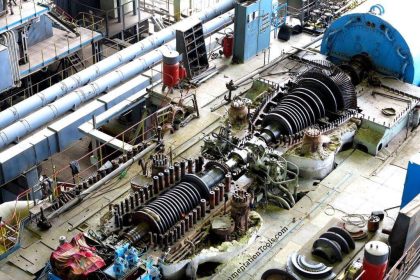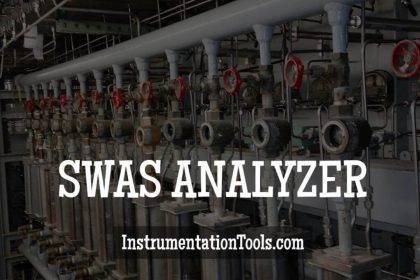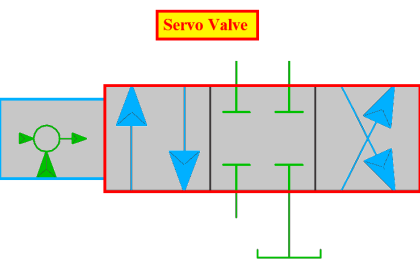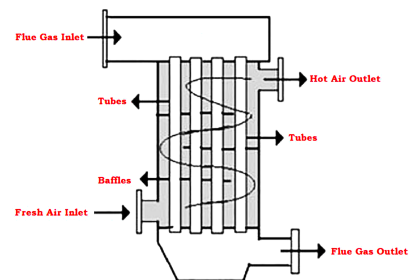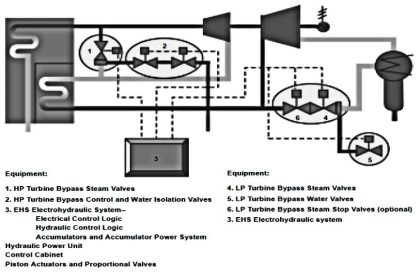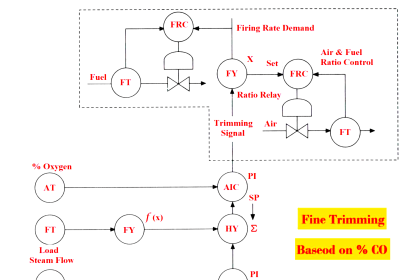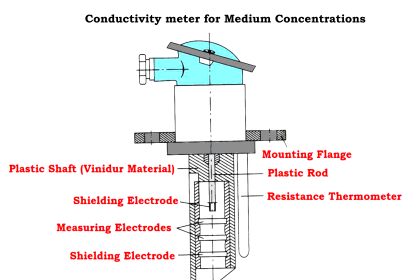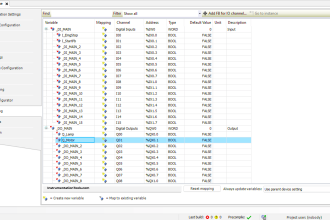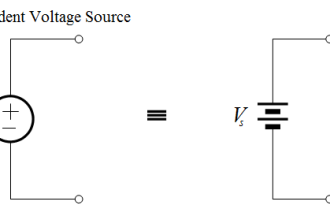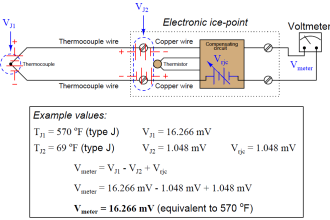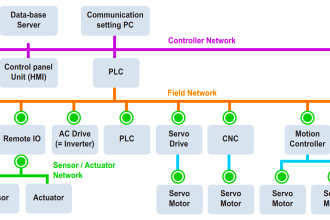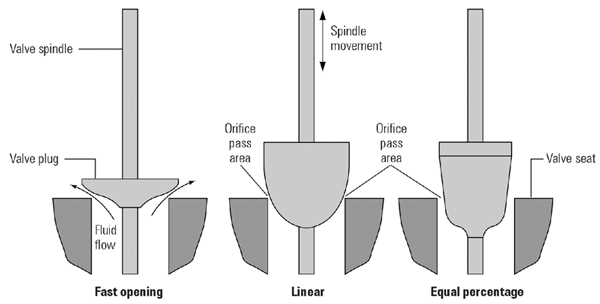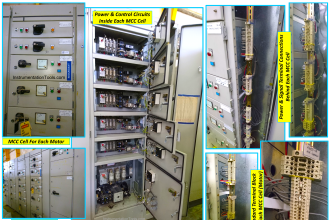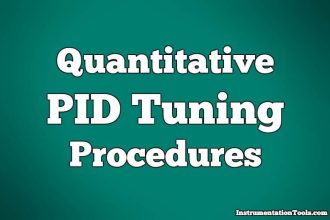Gas Turbine Troubleshooting
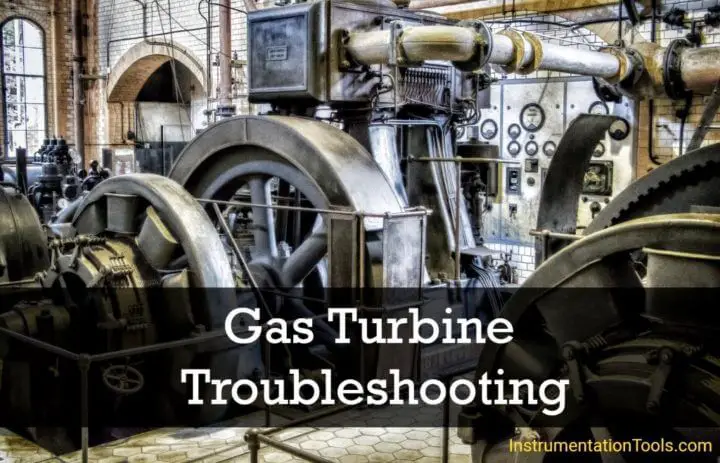
The following information required for troubleshooting GE-design heavy-duty gas turbine issues:
When did the problem begin?
After a maintenance outage? After a forced outage (emergency shutdown, trip)? After a download of software or configuration to a Speedtronic panel?
Provide a chronological list
(including date/time) of all Process- and Diagnostic alarms:
- That was active any time five (minutes) prior to the event (even alarms that have been active for days/months)
- That was annunciated during the event
- That was annunciated within one minute after the event
# Tip 1
Don’t exclude Process or Diagnostic Alarms you believe are irrelevant, and don’t just list the alarm you believe to be responsible for the trip (sometimes several trip-related alarms will be annunciated at the time of a unit trip, but only one of them—and not usually the LAST one to be annunciated—is the actual cause of the trip); let us make the determination of relevance.
# Tip 2
Tell us specifically what have you done to troubleshoot the problem, including the results of the trouble-shooting (provide actionable information, like actual voltage values measured not just “checked voltages”).
# Tip 3
What turbine control system is in use on the unit (version of Speedtronic (e.g., Mark IV, Mark V, Mark VI; Mark VIe; TMR, DUAL or SIMPLEX)?
If the unit has a Mark V Speedtronic control system tell us which operator interface is in use with the unit (<I>, GE Mark V HMI running MS-Windows and CIMPLICITY, or ???).
# Tip 4
Tell us which Frame-size machine this problem occurred on (e.g., Frame 5, Frame 6B, Frame 6FA, Frame 9E, etc.).
# Tip 5
If the event is related to an emergency trip condition, what was the load at the time of the event, what fuel was being burned, what was the average exhaust temperature, what were the exhaust temperature spreads, were any exhaust T/Cs failed or jumpered?
# Tip 6
Tell us what mode the unit was being operated in, for example, Pre-selected Load Control, or Part Load, or External Load Control, or Base Load?
# Tip 7
If there was an electrical storm (lightning) or a frequency excursion prior to the event, describe it; if the unit was being operated at anything more or less than 100% TNH, +/-0.1%, provide the speed the unit was operating at when the event occurred.
# Tip 8
If the unit has DLN combustors, tell us the version of DLN combustor and what mode the system was operating in when the even occurred.
# Tip 9
If the unit has Wet Low NOx emissions reduction (Water- or Steam Injection for NOx reduction) tell us, and indicate the actual flow-rate and required flow-rate.
# Tip 10
If the unit has Power Augmentation (Water- or Steam Injection) and it was enabled and in service at the time of the event tell us, and indicate the actual flow-rate and required flow-rate.
# Tip 11
If the issue is related to transferring fuels, particularly from gas fuel to liquid fuel, tell us when the last time the unit was operated on liquid, if anyone observed the Tell-tale Leak-off during the transfer and observed liquid fuel flowing out of the Leak-off, and what the individual pressures were from all of the positions of the manual selector valve downstream of the Liquid Fuel Flow Divider.
# Tip 12
If the issue is related to problems with starting on liquid fuel when the machine normally starts and runs on gas fuel, tell us when the last time the unit was successfully operated on liquid fuel was, and when the last time the unit was successfully started on liquid fuel.
Provide the individual pressures from all of the positions of the manual selector valve downstream of the liquid fuel flow divider during firing approximately 10 seconds after the liquid fuel stop valve, VS1-1, has opened and the Liquid Fuel Bypass Valve was commanded to close.
If you are looking for help to troubleshoot your GE Gas Turbine, give as much of the information asked for below that you can in your forum post. To post to the forum, go to Control.
Read Next:
- Questions on Gas Turbines
- Turbine Supervisory Instruments
- Parts of Steam Turbine
- SWAS Analyzer Interview Questions
- Types of Turbine Protective Devices
